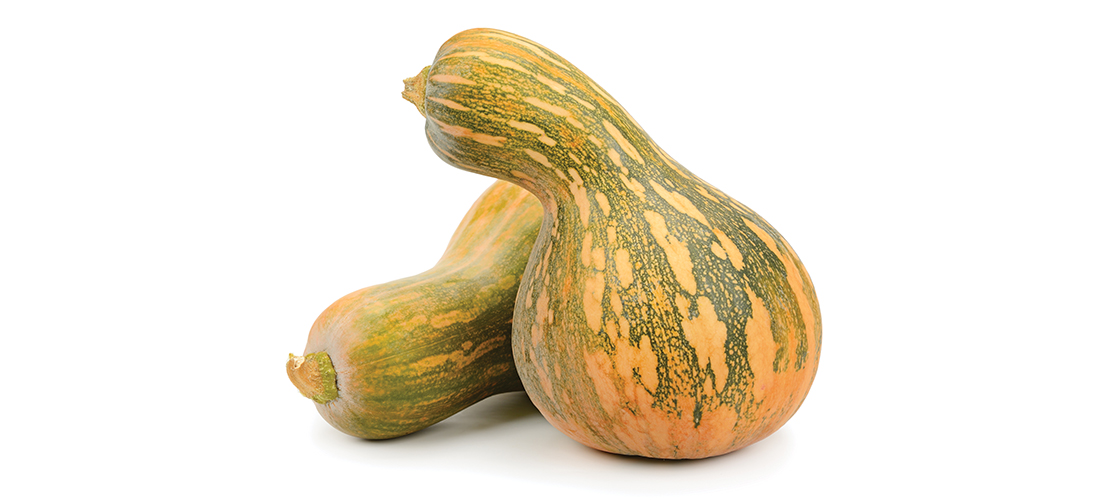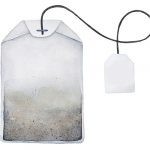
Fall Gourds
Harvest of many colors
By Jan Leitschuh
Come fall, when the leaves turn and the pumpkin spice lattes star on the coffee shop menus, we all breathe a collective sigh of relief that the big heat is behind us. The morning crispness makes some of us giddy, and we succumb to that fine urge to mark the change of seasons.
Pumpkins, of course, are the first decoration to spring to mind; orange is the new seasonal black. But fall harvests come in many colors, sizes, patterns and shapes, and gourds are some of the most interesting.
But first: How is a gourd different from a squash? (Short answer: fun.)
For this and more, I turned to my North Carolina friend and gourd expert, Linda Fisher, owner of Fisher Pumpkin Farm in Red Oak. Linda has been growing gourds (and pumpkins) for the last 50 years on the family farm, hosting a popular fall harvest sale of many types of gourds and pumpkins right on the farm.
Basically, for our purposes, you eat squash and look at gourds. Winter squashes are not gourds but can be decorative, and eventually you bake them. Gourds are purely for fun. (You won’t die if you eat them, but you won’t be raving about the taste on your Facebook page.)
Gourds, she says, had a heyday.
“Gourds were useful household tools provided by nature before manufacturing,” says Fisher, a former history teacher. “Dipper gourds were used as cups. The bottoms of martin gourds for bowls. Spoon gourds. Bushel basket gourds were containers for oats, corn and meal. Bottle gourds were tied to fishnets so they could float; today, they are primarily used for birdhouses and crafts.”
Some gourds can become useful toiletry, such as exfoliating sponges (luffa). Some can become birdhouses (martin gourds). Some can become craft projects (long-handled dipper gourds, bottle gourds). Musical instruments have been fashioned from gourds.
Some are stripy, spotted or solid, like speckled swan gourds or apple gourds. Fisher specializes in dipper and martin gourds, but has grown basketball, canteen, egg, and snake gourds, Crown of Thorns, spoon gourds, Turk’s Turban and more. And most are decorative and evocative of the ancestral abundance time, autumn farm harvest.
There are whole craft communities dedicated to carving, burning and painting gourds. Besides traditional gourd crafts, some contemporary crafters dry the larger gourds, drill interesting patterns of holes and fill them with lights for an autumnal porch decoration to chase the darkness.
As you yield to the spirit of the season, pick up some fall decorations to brighten your autumn. Greens, gold, tans, scarlets, whites and oranges. Ridges, long necks, short necks, spiky shapes, bulbar, warty. The red/green and white Turk’s Turban squashes are spectacular. And next year, remember, gourds are easy to grow, and beloved by children.
You want a rich soil for gourds. “The best site for gourds is a highly organic soil,” says Fisher. “Even just an old sawdust pile. They have tendrils that will anchor the vines to trellises, bushes and fences.”
If you choose to plant gourds, give them room to run. Some vines can stretch 15 feet. They could be wound on a porch rail or fence as a decorative screen. They like what we have in the Sandhills, a well-draining soil that receives full daytime sun — just add compost and water. Some gourds need a long growing season to ripen on the vine, up to six months.
Harvest your gourds when the gourd stems dry out and turn brown on the vine. Leave a few inches of stem on the gourd. If an early freeze is coming, cut off any remaining gourds and discard any with bruises or soft spots, as these will decay in storage. Cold will damage the gourds’ ability to cure.
Most of us will simply buy some gourds at a farm stand or store because they make us smile. But others may want to fashion a birdhouse, or use them for art and craft purposes. Google “gourd art” for beauty and inspiration.
If you’ve harvested your own, wash any gourds you plan to keep in soapy water and pat dry. Some collectors wipe down with rubbing alcohol afterward to further prevent rot. Store on a screen, in a shed or an airy spot out of bright light. Check and discard any that are getting soft instead of curing. Fisher has a hard time keeping the squirrels out of her farm-sized harvest, as they gnaw in after the seeds.
When the gourd feels light and the seeds rattle inside, it’s ready for crafting. Polish with steel wool or sandpaper. Now you can paint, wax, shellac, carve or burn designs into the hard-skinned gourd. If you’ve harvested correctly, “Gourds last indefinitely, if they dry out,” says Fisher.
For tabletop and decorative purposes, you could toss a few edible winter squash into the decorative autumn mix and enjoy their beauty before consuming. Some good shapes and tastes are the green, ridged acorn squash (wonderful baked with cider or maple syrup), the delicious tan butternut squash (cube it and use it like meat in casseroles and ethnic dishes), and the nutty striped delicata (eat these first, simply roast with butter and salt).
All jumbled together, it looks like fall. Harvest time. PS
Jan Leitschuh is a local gardener, avid eater of fresh produce and co-founder of Sandhills Farm to Table. Find Fisher Pumpkin Farm on Facebook for hours and directions.





